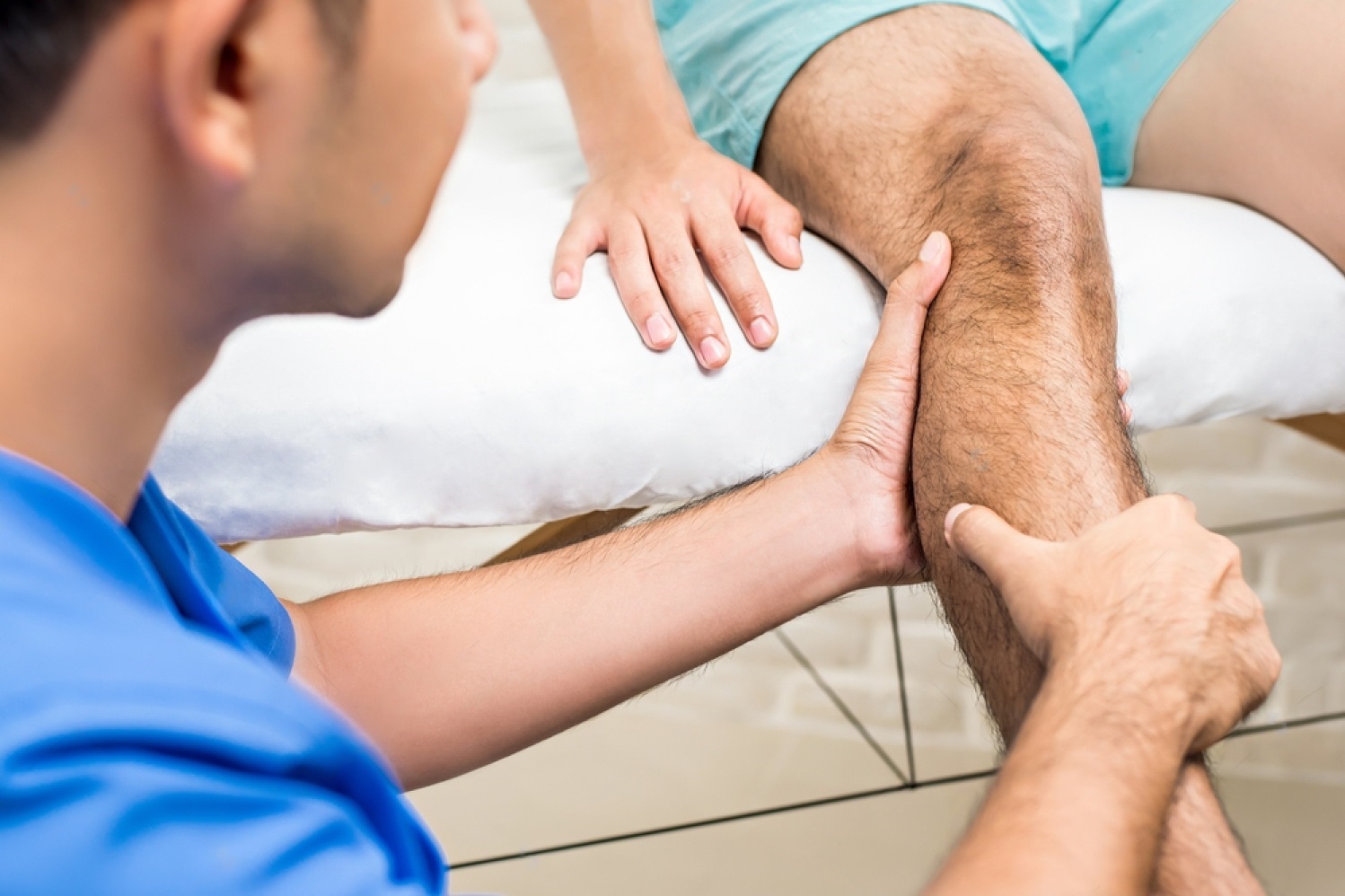Knee pain is a prevalent issue that affects people of all ages and lifestyles. Whether it’s due to injury, arthritis, or overuse, knee pain can significantly impact daily activities and quality of life. While traditional treatments like medication and physical therapy are common, there’s a growing interest in alternative approaches like Clinical Pilates for managing knee pain effectively.
Understanding Knee Pain:
Knee pain can arise from various factors, including injuries like ligament tears or strains, conditions like arthritis or tendonitis, or overuse from activities like running or jumping. Regardless of the cause, knee pain can limit mobility and affect daily activities such as walking, climbing stairs, or even standing for extended periods.
Introducing Clinical Pilates:
Clinical Pilates is a specialized form of Pilates that focuses on rehabilitation and injury prevention. Unlike traditional Pilates, which emphasizes core strength and flexibility, Clinical Pilates tailors exercises to individual needs, making it suitable for those recovering from injuries or managing chronic conditions like knee pain.
How Clinical Pilates Helps Manage Knee Pain:
Clinical Pilates offers several benefits for managing knee pain. By strengthening the muscles around the knee joint, including the quadriceps, hamstrings, and glutes, Clinical Pilates helps improve stability and support, reducing stress on the knee. Additionally, exercises focused on flexibility and range of motion can alleviate stiffness and improve overall function.
Studies have shown that Clinical Pilates can be effective in reducing knee pain and improving physical function in individuals with conditions like osteoarthritis or patellofemoral pain syndrome. The emphasis on proper form and technique also reduces the risk of injury, making it a safe and effective option for knee pain management.
Key Clinical Pilates Exercises for Knee Pain Management:
- Bridge with Ball Squeeze: Lie on your back with knees bent and feet flat on the floor. Place a small ball between your knees and squeeze while lifting your hips off the ground, engaging your glutes and hamstrings.
- Clamshell: Lie on your side with knees bent and hips stacked. Keep your feet together as you open your top knee, engaging the outer thigh muscles.
- Straight Leg Raises: Lie on your back with one leg bent and the other straight. Lift the straight leg off the ground, engaging your quadriceps, then slowly lower it back down.
- Pilates Squats: Stand with feet hip-width apart, toes pointed slightly outward. Bend your knees and lower into a squat, keeping your weight in your heels and chest lifted.
Incorporating Clinical Pilates into Treatment Plans:
Collaboration between healthcare professionals and Pilates instructors is essential for developing personalized treatment plans. Depending on the severity and underlying causes of knee pain, Clinical Pilates can be integrated with other modalities like physical therapy or chiropractic care to optimize outcomes.
Benefits of Clinical Pilates Beyond Knee Pain Management:
In addition to managing knee pain, Clinical Pilates offers numerous benefits for overall health and well-being. By improving core strength, posture, and body awareness, Clinical Pilates enhances physical fitness and reduces the risk of musculoskeletal injuries. Moreover, the mindful and controlled movements involved in Clinical Pilates promote relaxation and stress reduction, contributing to mental health and emotional well-being.
Finding a Qualified Clinical Pilates Instructor:
When seeking Clinical Pilates instruction, it’s crucial to choose a certified and experienced instructor who understands your individual needs and limitations. Researching reputable Clinical Pilates studios or practitioners and considering factors like location, schedule, and cost can help you find the right fit for your needs.
Takeaway
Clinical Pilates offers a holistic approach to managing knee pain, focusing on strengthening, flexibility, and proper body mechanics. By incorporating Clinical Pilates into your treatment plan, you can improve your physical function, reduce pain, and enhance overall well-being. Whether you’re recovering from an injury or managing a chronic condition, Clinical Pilates can be a valuable tool in your journey toward better knee health.
The accessibility and efficacy of physiotherapy for knee pain Singapore underscore its significance in the city-state’s healthcare landscape.











